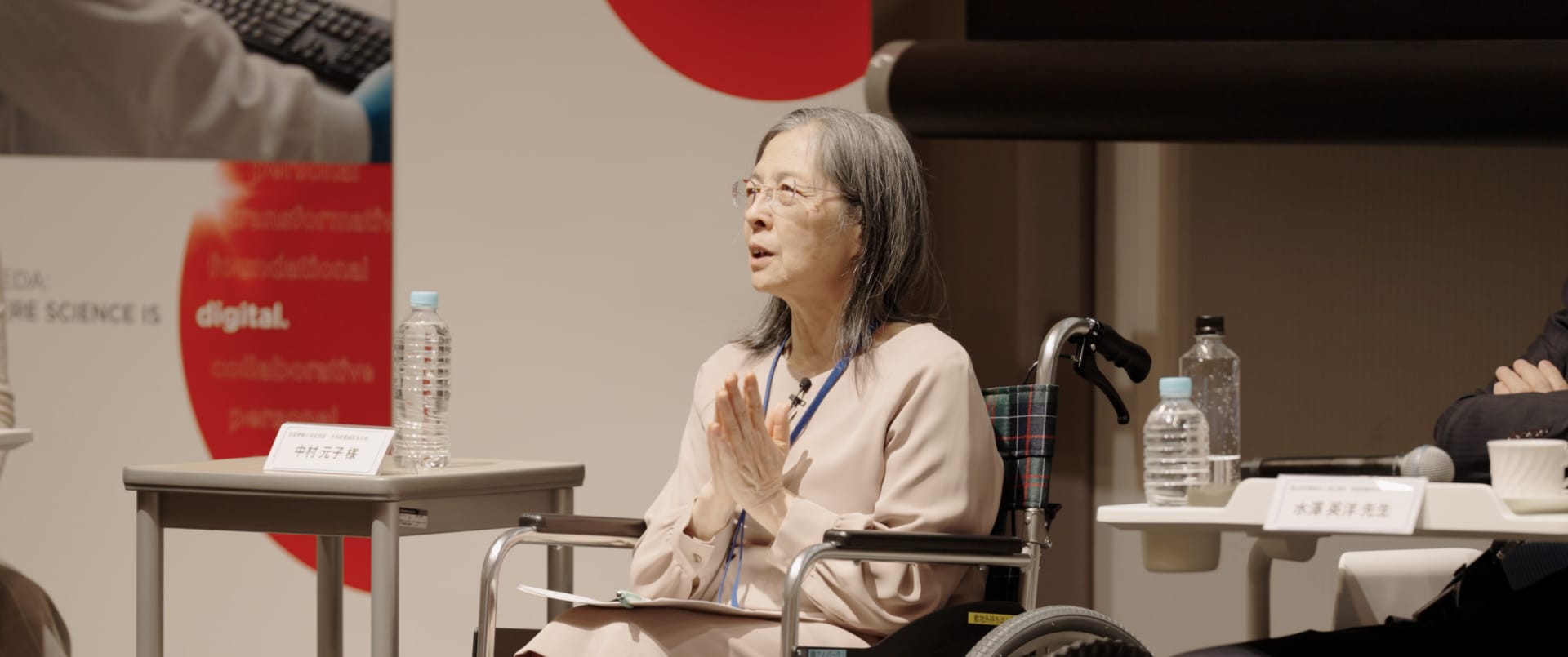Takeda Pharmaceuticals: Global Homepage
Engaging patients at the Healthcare Café
We exist to create better health for people and a brighter future for the world. While the science and technology we advance are constantly evolving, our ambition remains. We move science forward, so we can transform more lives.
Better Health, Brighter Future
Join Us
Work with globally diverse colleagues who are committed to bringing Better Health to people and a Brighter Future to the world.
FIND OUT MORE
Investors
Discover our balanced, diverse portfolio and strategy for sustainable, patient-centered and resilient growth.
FIND OUT MORE
R&D
Fueled by our inherent curiosity, we translate science into highly innovative, life-transforming medicines.
FIND OUT MORE
Our Areas of Focus
Sign up for investors newsletter
Stay up to date on financial results, corporate milestones and learn how we're delivering on our commitment to patients, our people and the planet
Sign up
